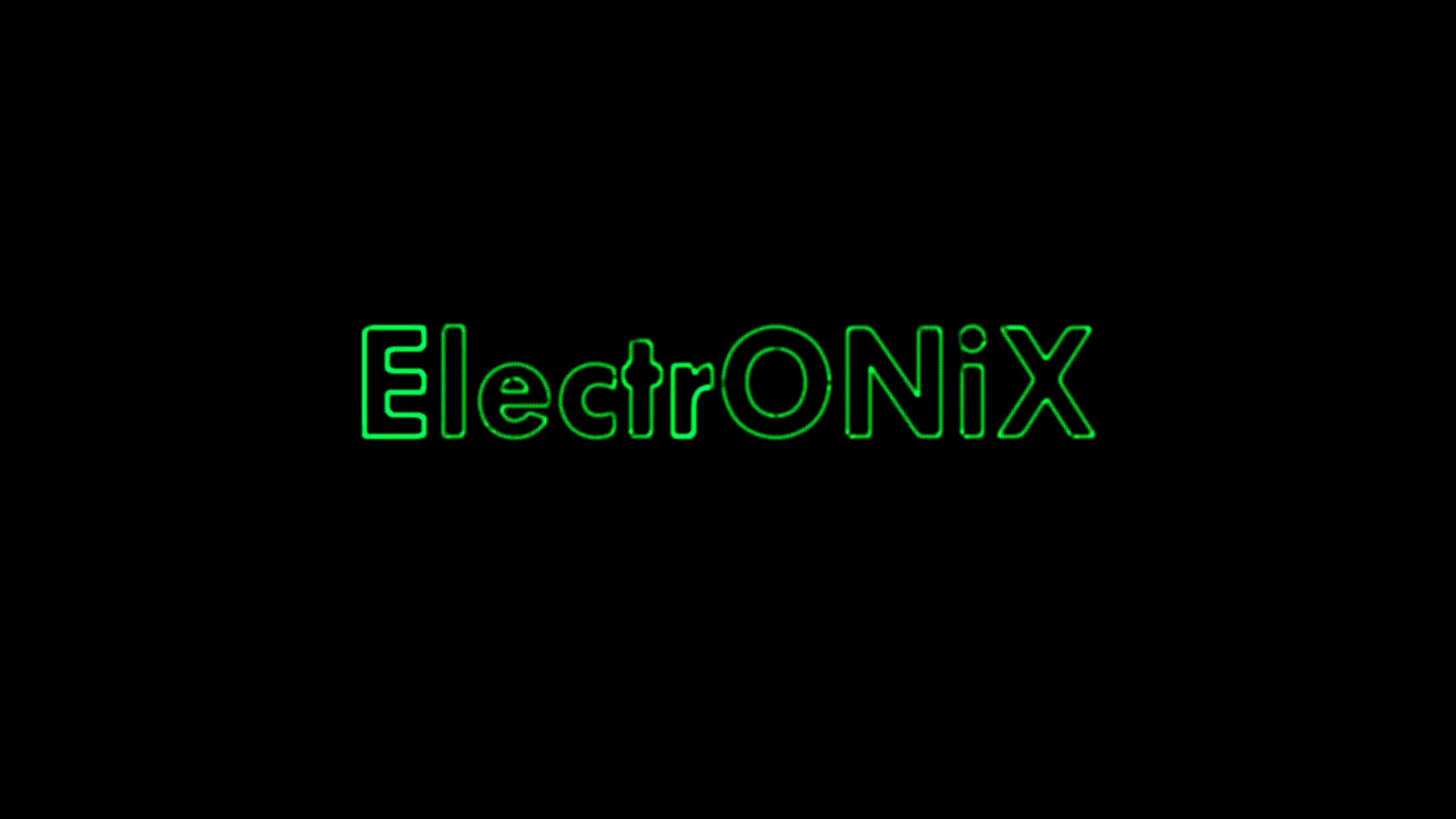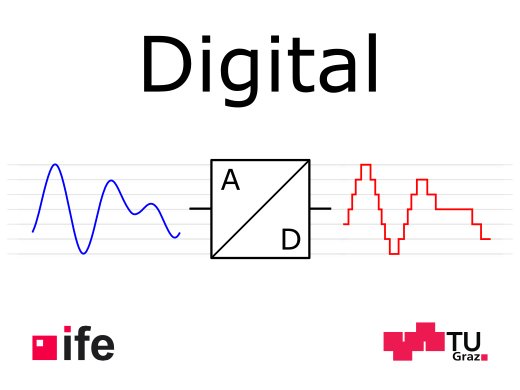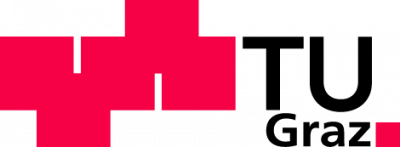


ElectrONiX – Digital
Graz University of Technology
Institute of Electronics
Tentang
Trailer untuk ElectrONiX – Digital
Informasi Kursus Umum
Electronics is the science of controlling electrical current. Probably the most important control elements available to us in digital electronics are transistors. With them, digital calculations can be realised and memory structures can be built. This leads the way to complex computer processors and chips and their ways of communicating with each other and with us humans.
But how do such digital components work? How can we build more complex digital functions and digital storage elements? What properties do such circuits have? How can chips communicate with each other? And how can computers actually "communicate" with us and our environment?
Konten
Konten Kursus
In this MOOC we will cover the basic properties of digital components such as logic gates, latches and flip-flops. The aim is to impart both the mathematical tools and the practical understanding to be able to build and dimension (digital) circuits independently. For this purpose, calculation, simulation and practical examples are available.
The course is divided into five parts:
- CMOS Circuits
- Multivibrators
- Bistable Multivibrators
- Monostable Multivibrators
- Astable Multivibrators
- Analog-to-Digital Converters
- Digital-to-Analog Converters
- Hardware Interfaces
Tujuan Kursus
The learning objectives of the individual sections are divided into four learning objective taxonomy levels and are detailed again in the respective sections. For the sake of clarity, only the learning objectives of the higher taxonomy levels are listed here.
- CMOS Circuits
- Derive PDN,PUN for given logic function.
- Simplifying simple Boolean equations.
- Derive protection concepts against latchup.
- Multivibrators
- Derive SR latch with 2 NAND or NOR and set outputs accordingly.
- Extend D-Latch to Master-Slave.
- Extend D-FF to JK-FF.
- Calculate upper and lower switching threshold of an inv. / non-inv. Schmitt trigger.
- Derive ring oscillator from memory components (with inverters).
- Set and calculate the frequency of a ring oscillator in different ways.
- Derive the function of a PLL using a circuit.
- Derive the function of an unknown oscillator circuit.
- Analog-to-Digital Converters
- Explain in a comprehensible way how a SADC is derived from a Flash Converter.
- Explain in a comprehensible way how a pipelined ADC is derived from a SADC.
- SAR mit switched Caps herleiten.
- Select the best ADC design for a given application.
- Digital-to-Analog Converters
- Select the best DAC design for a given application.
- Hardware Interfaces
- Explain how several slaves can be connected to an SPI master and develop a suitable circuit.
- Calculate the baud rate necessary to transmit given data within a certain time window.
Pengetahuan Sebelumnya
The MOOC assumes only some basic knowledge of electrical engineering. This includes:
- Ohm's law,
- Kirchhoff's circuit rules,
- Alternating and direct current,
- Basics of electrical components (resistor, coil, capacitor, voltage and current sources).
- Basics of electronics (Diodes, bipolar transistors, MOSFETs, transistor amplifiers, operational amplifiers, see
Prosedur Kursus
Each unit is structured as follows:
- The first videos lay the theoretical foundations of each unit.
- These Videos are followed by a voluntary self-examination to check the theoretical knowledge.
- The following block deals with practical examples,
- again followed by a voluntary self-examination.
- For the particularly motivated, we offer additional material. This can be simulation examples or detailed elaborations.
- Finally, there is a test. In order to obtain a certificate, at least 75% of the points must be achieved.
- Positive completion of the test results in receiving a badge.
Questions can be asked in the accompanying forum. These can then be answered by both the course creators and the participants.
Sertifikat
For actively participating in the course you will receive an automatic certificate which includes your username, the course name as well as the completed lessons. We want to point out that this certificate merely confirms that the user answered at least 75% of the self-assessment questions correctly.
In addition, a badge is created for each unit, which can be downloaded as an image.
Lisensi
This work is licensed under a CC BY 4.0. This includes all pictures with the exception of all logos.
Courses
This course can be taken concurrently with the course "Elektronische Schaltungstechnik 2, VO"/"Electronic Circuit Design 2, L" at Graz University of Technology.
Di media sosial
Instruktur Kursus

Institute of Electronics
Project Lead:
Dominik Zupan
ElectrONiX MOOC Team:
Michael Fuchs, Nikolaus Czepl, Clara Scheiber, Sabrina Koffler, Thomas Schwar
Video Editing and Sound:
Martin Schachl, Daniel Brantner (LLT TU Graz), Stefan Janisch (LLT TU Graz), Jeremias Hutegger
Translation:
Ćazim Sinanagić
Masuk & Mendaftar Saat ini: 397 Peserta
Gratis untuk semua € 0.00
Mitra
This MOOC was funded by the METIS ("MicroElectronics, Training, Industry and Skills") project within the Erasmus+ programme of the European Union. More information about the project is available at https://www.metis4skills.eu/.

Graz University of Technology
Graz


